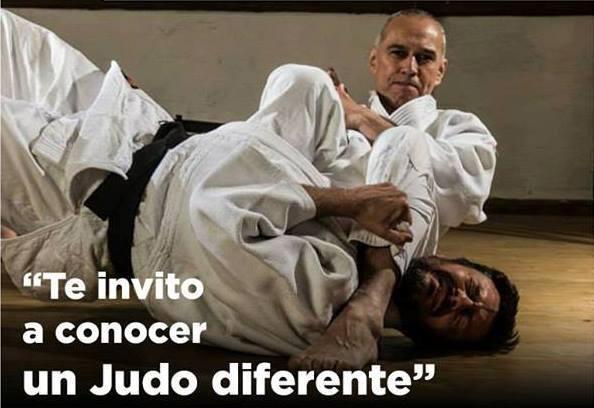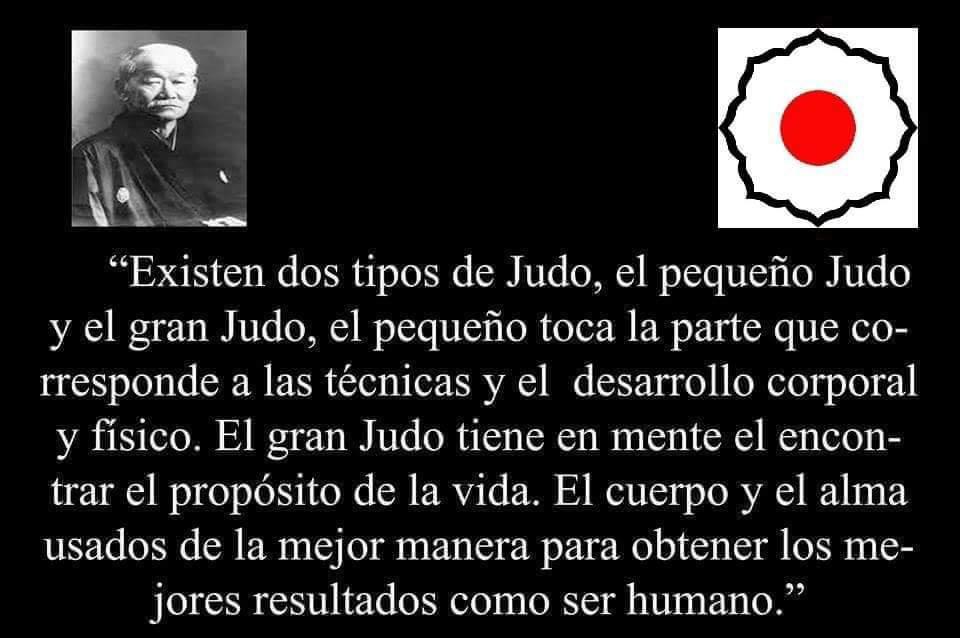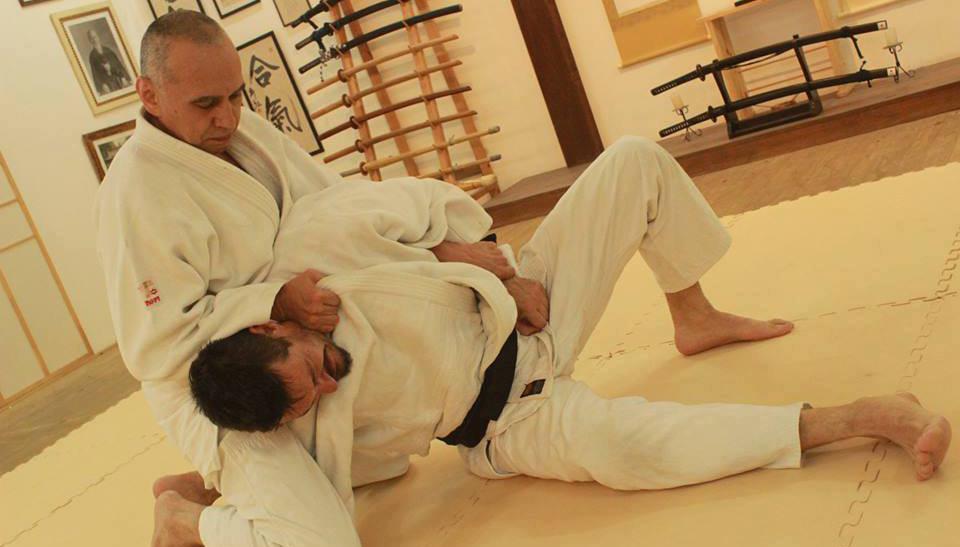
5 minute read
BEGINNINGS OF JUDO II PROF. Marcelo Ehrlich
In this installment on Judo topics, we continue to develop a bit about the beginnings of Judo in Japan and in the world.
As the vision of a man, JIGORO KANO, would change the approach of the Martial Arts in Japan, establish itself as an example of evolution and search to bring the benefits of them to everyone.
Advertisement
As we saw in the previous note, Japan in the second half of the 19th century is in a time of great change, political, commercial and cultural opening, after 300 years of isolation. The Samurai caste, stripped of the privileges it had during the entire previous period, seeing what to do from then on and how to survive in a new society.
With the establishment of Kodokan Judo, a new approach to Martial Arts begins.
Jigoro Kano is developing his professional activities, parallel to the teaching of Judo, which with this new approach, makes more students come to his Dojo every day, many already, practitioners of Ju Jutsu and others without experience, but attracted by this new modality.
Of course, the problems with the other Ju Jutsu schools are daily, the challenges, the disqualifications, the lack of respect. But Kodokan Judo goes ahead, trusting in the line that its founder is marking. Until in 1886 they faced each other in a competition organized by the Tokyo Police, the most famous school of Ju Jutsu and Kodokan, winning the Judo team, widely over the rival team. And from then on, the growth is unstoppable.
Jigoro Kano's teaching is based on the in-depth study of the fundamentals of each technique, on why and for what, at the right moment of application (neither before nor after), in the right amount of force (not too little). , not too much), when to stop (according to the objective and the result obtained).
Things that in the old Ju Jutsu, were not studied, and everything was presented as a collection of techniques.
Kano, always open to any knowledge that could be useful for his purposes, sent his most advanced students to practice in other Martial Arts schools, just as he accepted Masters and students from other schools in his own. Something that in Ju Jutsu was unthinkable.
Hence a topic that we will deal with later, the relationship with Masters Funakoshi and Ueshiba (Karate-Do and Aikido, respectively, at that time still Karate Jutsu and Aiki Jutsu).
Kano gives his Judo a high moral value, health care, physical and technical development and mutual respect.
“There are two types of Judo, the small Judo and the great Judo. The little one plays the part that corresponds to the techniques and the corporal and physical development. The great Judo has in mind to find the purpose of life. The body and soul used in the best way, to obtain the best results as a human being”
Judo places great importance on technical study in various forms and approaches, depending on the student's level, age group, physical condition and goals.
Kano established a technical and theoretical structure for the different levels, before his death in 1938, which with changes and contributions from the technical area of Kodokan,
BEGINNIGS OF JUDO II
Prof. Marcelo Ehrlich
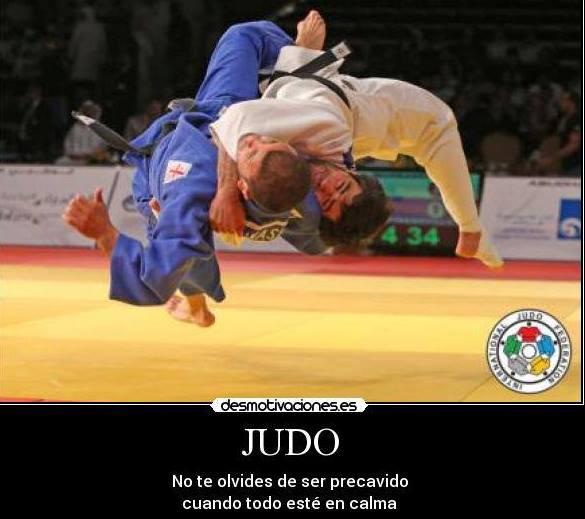
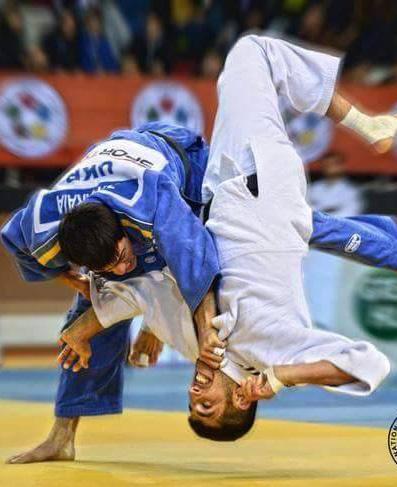
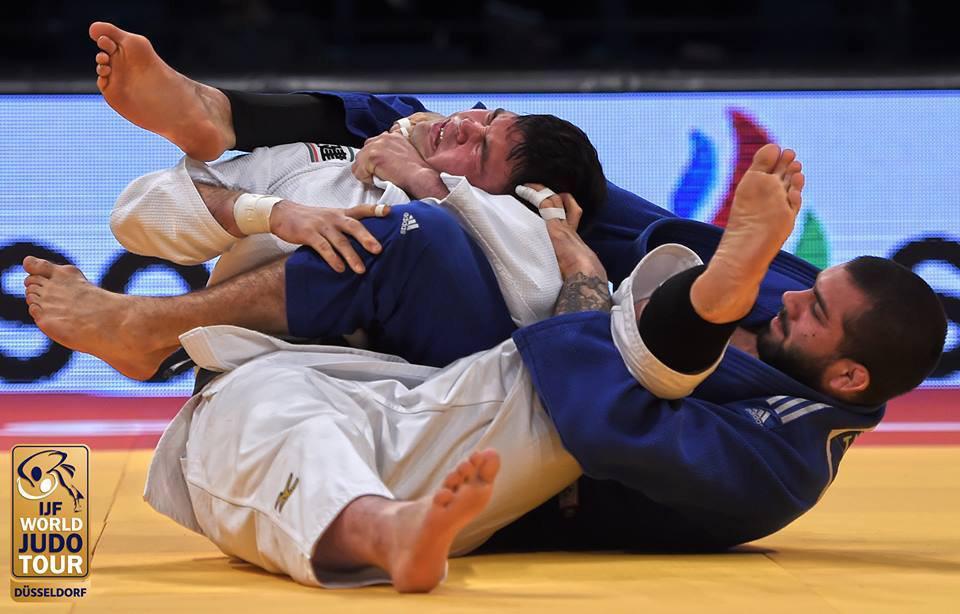
through the years, is still in force.
The learning, study and development of Judo can be studied in multiple ways: Kata (Pre-established Forms), Randori (Free Practice), Shiai (Competition), Self Defense, Traditional and Maintenance Judo, etc.
It is practiced by children, youth, adults, veterans, people with disabilities. It is practiced as social, recreational, high performance Judo, in police, military and security forces. That is, there is no excuse not to practice it.
When Jigoro Kano, has firmly established Kodokan, and travels the world for his professional commitments, he also takes Judo to show it everywhere, with exhibitions and conferences, which open the doors to this new activity and then send Teachers to all continents, is that it was established in many countries already in the early years of the 20th century. Countries that already had some indigenous wrestling sport, in principle they stayed on the sidelines and today we see how everyone practices everything and benefits from everything, and that was one of Kano's thoughts.
As we saw before, Judo is known as an Olympic sport, since since 1964 (Tokyo) it has had that award. When Kano died in 1938, he was returning from Cairo, from a meeting of the IOC (International Olympic Committee), where Tokyo had been voted as the venue for the next Olympic Games. and the inclusion of Judo as an Olympic sport in 1942, which could not be, since the The International Judo Federation (Founded in 1951), with more than 200 affiliated countries, is the governing body of the activity. On each continent there is a continental, subcontinental, regional and country union.
For example, in Uruguay, the Uruguayan Judo Federation is the only governing entity, when Judoka is affiliated with it, has its degrees recognized with the official card, diploma, official degrees of Black Belt, Professor, Referee, etc., it can participate in national and international championships, in official training, courses and seminars. The different graduations are official and recognized in all parts of the world. Uruguay is affiliated to the South American Judo Confederation (Official), the Pan American Judo Confederation (Official) and the International Judo Federation.
There are other "international" organizations (with similar names) at the South American, Pan-American and world level, which are not the official ones, named in the previous paragraph.
That is why the activity of Judo is so important, due to the seriousness, the internationalization, the activities and the professionalization of the teachers.
See you in the magazine "El Camino" and in the Dojo! Prof. Marcelo Ehrlich.
